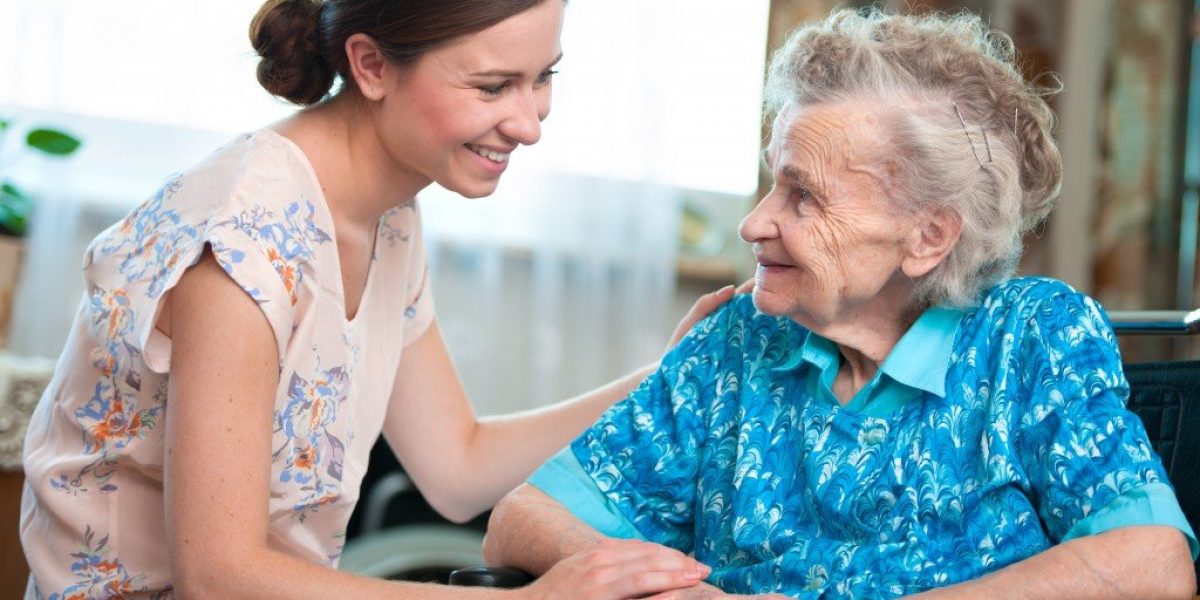
There are many reasons why people use mobility equipment, both in the short and long term, but one of the challenges we face as equipment specialists is helping people overcome the perceived stigma.
Despite an increase in the number of people publicly using mobility aids such as sticks, frames and scooters, people still feel uneasy when they are faced with the prospect of using mobility equipment themselves.
The reality of having equipment like stairlifts, through-floor lifts and ramps installed often leaves people feeling like they’re losing their independence – but the opposite is true.
Mobility equipment is designed to help people overcome physical challenges and regain the ability to do things under their own steam.
Many people struggle with the thought of getting older, but the use of mobility equipment isn’t limited to the older population. During rehabilitation for serious sports injuries or accidents athletes often have mobility equipment installed in the short term to speed up recovery.
Activities such as getting safely into or around the house and out to the garden can also be difficult following surgery, a life-changing accident or during a short or long-term illness.
Ramps and handrails can help people in and out of their homes and ensure that their garden is as accessible as ever, while a stairlift or through-floor lift can ensure safer transitions between floors.
We’ve worked with people in the past who are preparing for a knee or hip replacement whose families have insisted on the temporary installation of a stairlift. For the families, it’s often as much about peace of mind as it is about recovery.
Reducing the risk of falls, lessening discomfort and pain and helping minimise fatigue are among the top priorities for families, but communicating that to their loved ones can often be difficult and that’s where we come in.
Our team of experienced specialists take time to talk to each customer individually to find out more about their exact needs and address any fears or anxieties. As well as surveying the space that the equipment will take up we also consider the physicality of the customer.
When we survey for the installation of a stairlift, we think about the stature of the individual; taller users who perhaps cannot bend their knees will need a different stairlift configuration to a shorter person who can.
Similarly, people who have suffered a stroke might be unable to use one of their arms so the control panel will need to be placed on the opposite chair arm. It’s attention to those details that ensures customers get the best fit for their needs.
Throughout the process of visiting, surveying and installing mobility equipment, we aim to reassure and advise customers so they can make the most informed decision for their needs.
As part of the installation, our engineers will explain how to use the equipment safely and will stay with a client until they have had time to try it out and ask questions.
The number of people who tell us they couldn’t imagine life without their stairlift, ramp or lift now is overwhelming. That’s what we like to hear as it’s then that we know we’ve done our job right.


